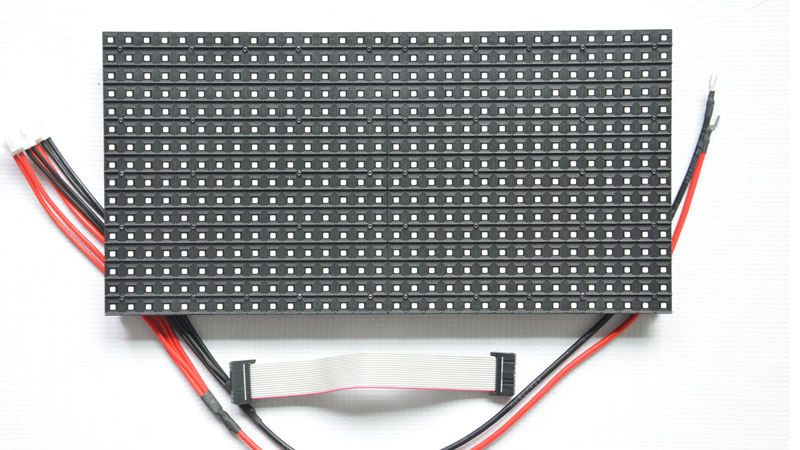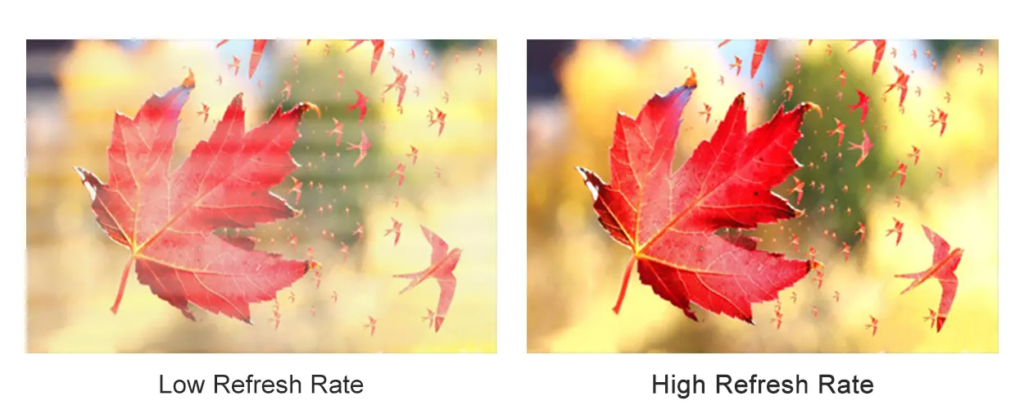In today’s digital world, LED displays have become an essential tool for businesses looking to enhance their advertising, branding, and customer engagement. Whether for retail stores, stadiums, transportation hubs, or events, choosing the right LED display module is crucial to ensure the best performance and return on investment. But with so many options available, how do you pick the right one?
This guide will help you understand the key factors to consider when selecting an LED display module for your business.
What is LED Display Module?
LED module is the fundamental building block of an LED screen. It consists of LED lamp beads, driver ICs, circuit boards, and protective masks, which together determine the screen’s brightness, resolution, color accuracy, and durability. Multiple modules are assembled to create large LED screens, making it a scalable solution for various applications.

LED display modules come in different pixel pitches, brightness levels, and protective grades, allowing businesses to choose the most suitable option based on viewing distance, environmental conditions, and content requirements.
Key Factors to Consider When Choosing LED Display Module
1. Pixel Pitch and Resolution
Pixel pitch refers to the distance between adjacent LED pixels, measured in millimeters (mm). A smaller pixel pitch results in higher resolution and sharper images, making it ideal for close-up viewing.
- Indoor applications (e.g., retail stores, conference rooms) typically use P1.25 – P3 for high clarity.
- Medium-distance viewing (e.g., shopping malls, exhibitions) works best with P3 – P5.
- Outdoor advertising (e.g., billboards, stadium screens) generally requires P6 – P10, as viewers are farther away.
For businesses looking to showcase detailed images or videos, choosing a high-resolution module is essential. However, higher resolution comes with a higher cost, so it’s important to balance quality and budget.
2. Brightness and Visibility
LED display brightness is measured in nits, and choosing the right brightness level ensures visibility in different lighting conditions.
- Indoor LED displays typically range between 800 – 1500 nits to prevent glare while maintaining clarity.
- Semi-outdoor screens (e.g., storefront displays) require 1500 – 3000 nits to counter natural light.
- Outdoor LED billboards need at least 5000 – 7000+ nits to remain visible under direct sunlight.
For outdoor applications, choosing a high-brightness LED module ensures the content remains clear and readable throughout the day.
3. Refresh Rate and Display Performance
The refresh rate, measured in Hertz (Hz), determines how smoothly content is displayed on the screen.
- A 960Hz – 1920Hz refresh rate is sufficient for standard advertising screens.
- For live broadcasts and high-quality video playback, a 3840Hz refresh rate or higher prevents flickering and ensures smooth visuals.

If your LED screen will be recorded or photographed frequently, investing in a high-refresh-rate module will eliminate unwanted flickering and improve overall display quality.
4. Durability and Weather Resistance
For outdoor LED displays, IP rating (Ingress Protection) is a key factor. It indicates the module’s resistance to dust, moisture, and weather conditions.
- Indoor displays: IP30 – IP40 (minimal protection needed).
- Semi-outdoor displays: IP54 (moderate water and dust resistance).
- Outdoor displays: IP65+ (fully waterproof and weatherproof).
A high IP rating ensures that your LED display can withstand extreme weather conditions, reducing maintenance costs and prolonging its lifespan.
5. Application-Specific Considerations
Different businesses require different types of LED display modules. Here are some common applications and their recommended specifications:
- Retail Stores & Shopping Malls: High-resolution, small-pixel-pitch modules (P1.25 – P3) for clear visuals at close range.
- Stadiums & Sports Arenas: Large-format, high-brightness modules (P6 – P10) with waterproof IP65+ protection.
- Transportation & Public Information Displays: High-brightness and wide-angle LED modules for visibility in various lighting conditions.
- Stage & Event LED Screens: High-refresh-rate LED modules (3840Hz+) for seamless video playback.
Choosing the Best LED Display Module for Your Business
Selecting the right LED display module involves balancing resolution, brightness, refresh rate, durability, and application-specific needs. Whether you’re investing in a high-definition indoor screen or a durable outdoor LED billboard, understanding these factors will help you make the best choice.
If you’re looking for high-quality LED display solutions, feel free to contact us for expert guidance and the best LED products for your business!

